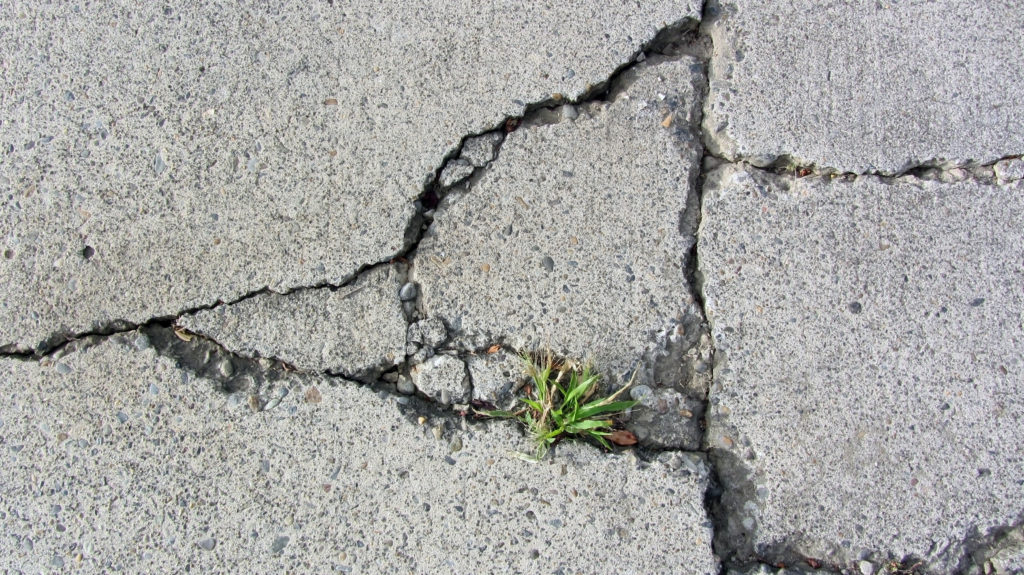What are weeds?
This is the first part of our multiple-article story about weeds. In this article we will cover the basis of weeds. What types of weeds are there and how could they end up at your growing sites? In the second article that will be published in a couple of weeks, you will read more about measures you can take yourself to prevent and manage the spread of weeds at your sites.
Let’s learn more about the weeds in your greenhouse or your growing facilities by answering the following question:
What are weeds?
We define weeds as plants that occur in places of growing (greenhouses, nurseries, fields) but are not part of the actual cultivation. This covers all unwanted plants, meaning that these plants are in the wrong place at the wrong time.
Weeds are sometimes described as plants that we still haven’t found the right use for. In any case weeds are one of the biggest issues in horticultural production, and agriculture in general. To be able to solve issues related to weeds, we need to know their biology, ecology and specifics. If we know all that, we will be able and ready to act accordingly.
Biology
As we see it, weeds have a very interesting biology. Their evolution went hand in hand with developments in agriculture. Over the years weeds adapted their biology in order to use all the benefits of controlled growing conditions and to always be several steps ahead of cultivated plants.
We can find varieties that have adjusted dormancy. This means that these weed types produce multiple seeds that do not germinate at the same time. This way, the germination of seeds that have been produced simultaneously is spread out over a longer period of time to improve survival chances. Some other weeds have the ability to shorten or extend their growing season depending on climate conditions. In addition, some weeds produce extreme amounts of seeds (up to 1 million seeds in Pigweed/Amaranth). Other properties that show why weeds are so persistent are increased hardiness, and vegetative / generative adaptability.
Common types
We can devide weeds into two subclasses; annuals and perennials. Annual weeds only spread through seeds. They typically have a short growing season with a very high seed production. Main species are Annual Meadow Grass (Poa annua), Green Foxtail (Setaria viridis) and Chickweed (Stellaria media).
Prennial weeds spread both generatively and vegetatively. They spread through rhizomes, tubers and stems. As a result, this type is particularly difficult to get rid of. Even chemical control often proves to be inadequate. Common species of perennial weeds are Quackgrass (Elymus repens), Johnson Grass (Sorghum halepense), Dewberry (Rubus caesius) and Dandelion (Taraxacum officinale).
How weeds typically end up at your growing facilities
To be able to control weeds, it is important to know how they end up in your farm, nursery or greenhouse.
The way they spread depends on the type of production area (Greenhouse, Shade house, Open field, Open field pot/container production, etc.). These unwanted plants spread with their reproductive materials, like: rhizomes, vegetative parts, seeds, tubers, etc.
The main influences that help them spread are:
- Wind;
- Animals;
- Humans (we transfer reproductive material on our shoes, clothe etc. );
- Farm tools and equipment (tractors, trollies, hand tools, grass cutters, etc.);
- Supplies and materials (planting material-crop seeds, young plants, soil and growing media, fertilizers, water, etc.)

Weed prevention in Kekkilä Professional products
Peat is one of the main raw materials used by Kekkilä Professional. It is harvested from carefully selected locations with as little contaminations as possible. Read more about these bogs in this article. We’ve incorporated weed control throughout every phase of production, building on many years of experience in the production of high quality substrates for Professional Growing. This starts with regularly testing our incoming raw materials on the presence of weeds, and a good preparation of the production areas. Secondly we make sure all maintenance is done properly and best practices are applied during harvesting.
We keep our stock areas and production sites free from pollutions, to make sure our products can’t be contaminated at our sites. No chemicals are used for weed control at any phase of the production or supply chain.
So, now you know all these things about weeds and the reason they might be present. Read about the things you can do yourself to control their presence at your growing sites in our next article.

